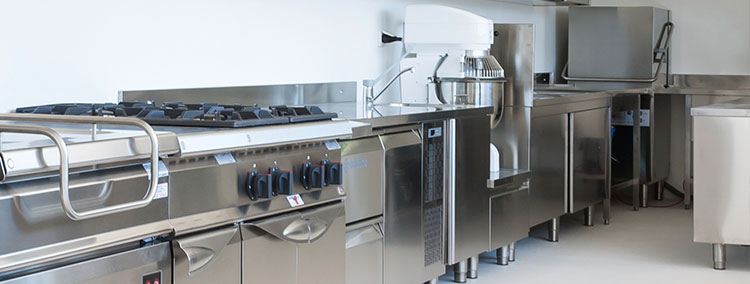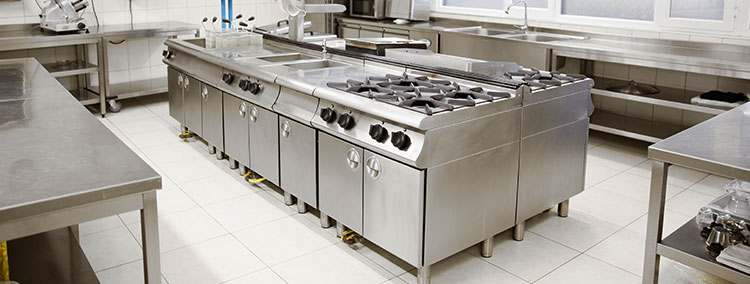If you are like other homeowners, you want to get the most from your dishwasher. And the beauty is there are plenty of tips you can use to your advantage. Which are these tips? Here they are as given by appliance repair professionals:
Always start with a clean dishwasher
Before you place the dishes in the dishwasher, ensure that the dishwasher is clean. You should note that if you put the dishes in a dirty dishwasher, dirt and debris will get into the dishes, and you end up with even dirtier dishes than you started with.
Every few days, inspect your dishwasher and ensure no debris is hanging out in the bottom of the appliance. A great way to do this is to remove the screen and filter and rinse them. Thankfully they are easy to pop back in, and you can do it even if you have never done it before.
Besides this, make it a habit to place a cup of white vinegar in the top rack and run it in an empty dishwasher on a regular wash cycle. This will clean most of the gunk and deposits, leaving your appliance fresh and clean.
Soften your water
Hard water can sometimes be too hard on the dishwasher. Besides leaving hard-to-clean deposits, it can sometimes make it impossible to get sparkling dishes even after cleaning them for a long time.
Hard water leaves a white residue on glasses and silverware, which is off-putting.
To avoid this, soften the water before it gets into the dishwasher. If you can’t do this, regularly clean the dishwasher with vinegar to prevent deposits from forming. It also doesn’t hurt to use a special water softening rinse aid after cleaning.
Load it up right
How you load your dishwasher goes a long way toward determining the results you get. Of course, you come out with clean dishes if you load the unit properly. For you to properly load the dishwasher, you need to follow a set of rules that include:
Place the cups in the top rack and place them between tines. Never place the cups on top of the tines.
Plates and bowls go on the bottom rack, with the dirty side facing the water spray. As a rule of thumb, ensure that the dishes don’t all point in the same direction.
Place the pots, pans, and baking dishes angled down so the water spray can reach the insides.
If you will be cleaning larger items such as pans and baking sheets, ensure that you place them on the sides of the dishwasher. This way, you are sure they won’t block the spray arm or the detergent from the door.
Always stagger the utensils so that some are up and others down. Doing this ensures that the dishes don’t get nested together, and every inch of the utensils gets clean.
Use the right amount of detergent.
You might have the impression that using huge amounts of detergents will make your dishes much cleaner, but this isn’t the case. Using too much detergent costs you a lot of money, scratches your dishes, and makes the glasses cloudy.
Whether using powder, liquid, or pods, always use less detergent than is recommended in the package.
Run the sink first
Before pressing the start button on your dishwasher, run hot water in your kitchen sink first. Doing this ensures that the water is already hot when the cycle starts, and your dishes get cleaner.
Don’t shy away from cleaning other items.
The dishwasher is only meant to clean dishes, right? Well, this isn’t the case. Besides your standard cookware and serve ware, you can clean plenty of other household items susceptible to germs.
These include baseball caps, plastic toys, golf balls, plastic combs, cabinet handles, etc.
While you can clean other items with the dishwasher, dishwasher repair Springfield professionals recommend you don’t mix them with the dishes. As a rule of thumb, run a separate, gentle load.
There are plenty of items you can clean with your dishwasher, but there are equally many others that shouldn’t see the insides of your unit, as they will get damaged or even damage the appliance. Before you put anything inside the dishwasher, first confirm that its dishwasher safe.

